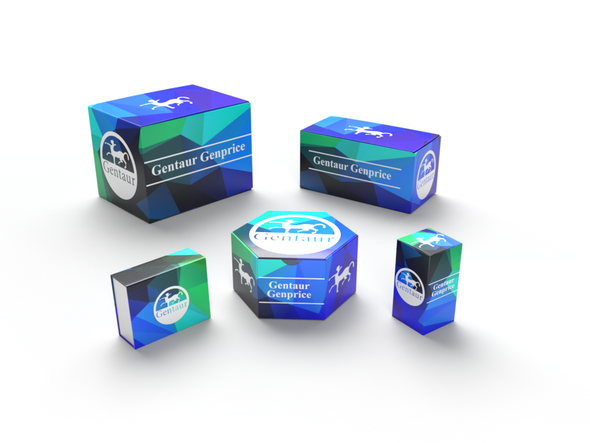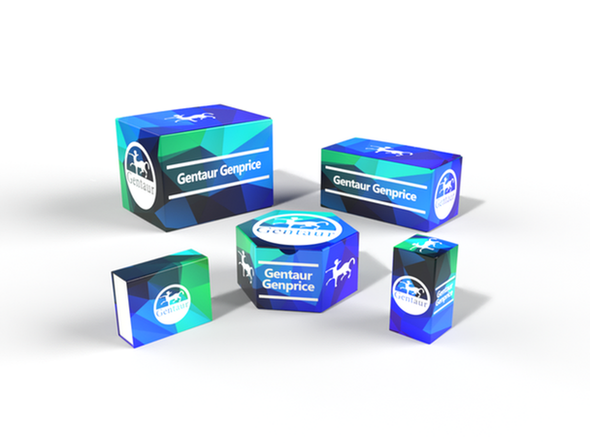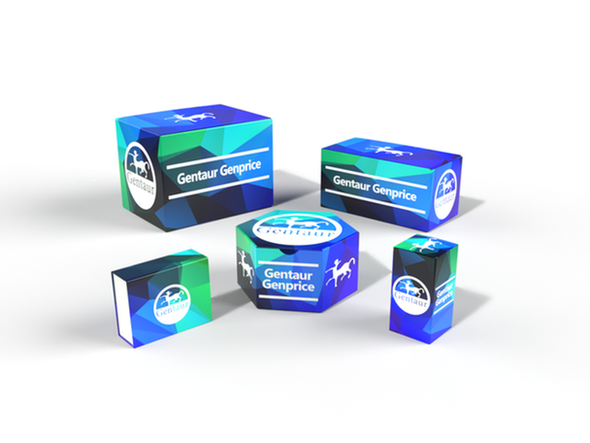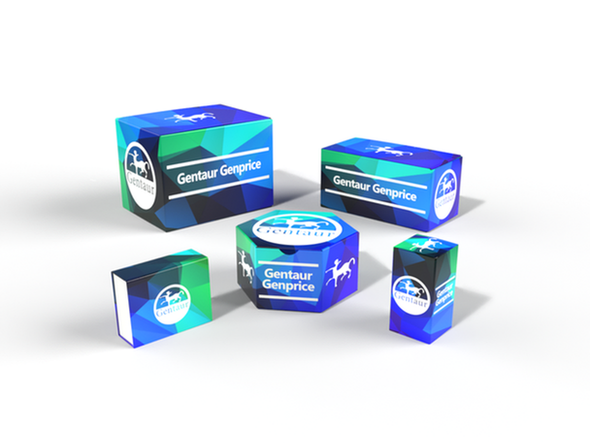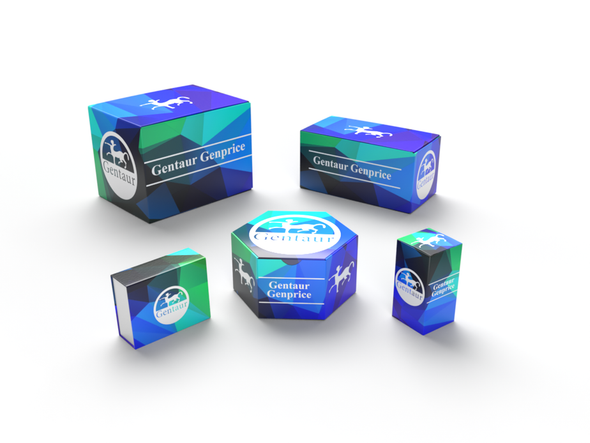740
Mouse Serum amyloid A2 (SAA2) ELISA Kit | AE20838MO
- SKU:
- 740-AE20838MO
- Availability:
- Usually ships in 5 working days
Description
Mouse Serum amyloid A2 (SAA2) ELISA Kit | AE20838MO | Gentaur UK, US & Europe Distribution
Species Reactivity: Mouse (Mus musculus)
Abbreviation: SAA2
Alternative Name: N/A
Application: ELISA
Range: 0.156-10 ng/mL
Sensitivity: 0.061 ng/mL
Intra-Assay: ≤5.3%
Inter-Assay: ≤9.7%
Recovery: 1, 04
Sample Type: Serum, Plasma, Other biological fluids
Detection Method: Sandwich
Analysis Method : Quantitive
Test Principale: This assay employs a two-site sandwich ELISA to quantitate SAA2 in samples. An antibody specific for SAA2 has been pre-coated onto a microplate. Standards and samples are pipetted into the wells and anySAA2 present is bound by the immobilized antibody. After removing any unbound substances, a biotin-conjugated antibody specific for SAA2 is added to the wells. After washing, Streptavidin conjugated Horseradish Peroxidase (HRP) is added to the wells. Following a wash to remove any unbound avidin-enzyme reagent, a substrate solution is added to the wells and color develops in proportion to the amount of SAA2 bound in the initial step. The color development is stopped and the intensity of the color is measured.
Product Overview: The 6 sequences, referred to as SAA1, SAA1 des Arg, SAA2-alpha, SAA2-alpha des Arg, SAA2-beta, and SAA2-beta des Arg, are resolved by electrofocusing into 6 isoforms. SAA1 is the product of one gene, while SAA2-alpha and SAA2-beta, which differ by only a single amino acid, represent allelic sequences of a second gene. Although the first reported AA protein corresponded to SAA2-beta, subsequent analyses showed that the vast majority of the protein isolated from amyloid deposits is derived from SAA1. The SAA2-tat/HIV-sTNFR:Ig construct, and derivatives thereof, may therefore be ideally suited to gene therapy applications that require the local production of potent and specific immune modifiers only when there is active pathology..
Stability: The stability of ELISA kit is determined by the loss rate of activity. The loss rate of this kit is less than 5% within the expiration date under appropriate storage condition. The loss rate was determined by accelerated thermal degradation test. Keep the kit at 37°C for 4 and 7 days, and compare O.D.values of the kit kept at 37°C with that of at recommended temperature. (referring from China Biological Products Standard, which was calculated by the Arrhenius equation. For ELISA kit, 4 days storage at 37°C can be considered as 6 months at 2 - 8°C, which means 7 days at 37°C equaling 12 months at 2 - 8°C) .


